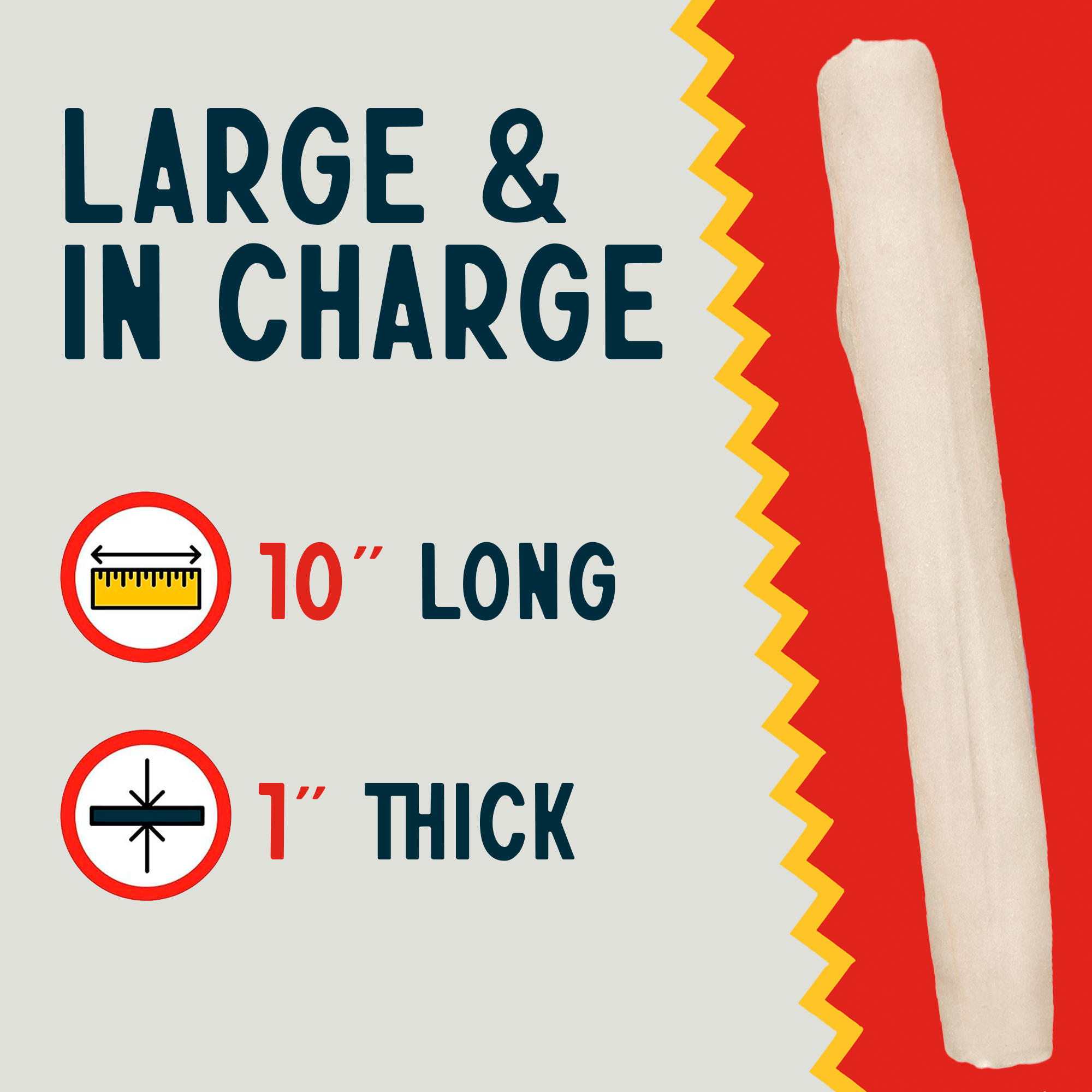While dogs do vocalize through barks, whines, and growls, the majority of their communication happens through body language. Understanding these silent cues allows you to better understand your dog's emotional state, intentions, and needs. By learning to "speak dog," you can strengthen your bond with your furry friend, anticipate their behavior, and provide them with the care and support they require.
Tail Talk: A Waging Tale
One of the most well-known forms of dog communication is the tail wag. However, a wagging tail doesn't always signify happiness! The speed, direction, and overall posture of the tail can reveal a lot about your dog's emotions.
- High Wagging Tail: A high, fast wagging tail typically indicates excitement, happiness, or greeting behavior.
- Low Wagging Tail: A slow wag held low can signify uncertainty, submission, or even fear.
- Stiff Wagging Tail: A stiff wagging tail, particularly if accompanied by tense body language, can indicate agitation or potential aggression.
- Tail Held High: A tail held high and proud often signifies confidence and dominance.
- Tail Tucked Between Legs: A tucked tail is a universal sign of fear, submission, or anxiety in dogs.
Ears: Listening to What They Tell You
A dog's ears are another key indicator of their emotional state. Pay attention to how your dog positions their ears:
- Ears Perked Up: Perked-up ears typically signify alertness, curiosity, or attentiveness.
- Ears Flattened Against the Head: Flattened ears can indicate fear, submission, or appeasement.
- One Ear Up and One Ear Down: This can signify confusion, uncertainty, or simply listening intently.
Facial Expressions: Reading Your Dog's Face
Just like humans, dogs communicate through facial expressions. Here are some common dog facial expressions to watch for:
- Relaxed Face: A relaxed face with soft eyes often indicates contentment and happiness.
- Wrinkled Forehead: A wrinkled forehead or furrowed brow can signify confusion, concern, or even fear.
Beyond Body Language: Additional Communication Cues
While body language is a primary form of communication for dogs, there are other cues to consider for a well-rounded understanding of your furry friend. Here are some additional ways your dog might be trying to talk to you:
- Vocalizations: While barks, whines, and growls are readily recognized, pay attention to the variations in these sounds. A high-pitched whine can indicate excitement or playfulness, while a low, guttural growl signifies aggression.
- Scent Marking: Dogs communicate through scent marking, using urine and pheromones to leave messages for other dogs. While not a direct communication method with you, understanding scent marking can help you interpret your dog's behavior in certain situations.
- Eye Contact: Direct eye contact can be a sign of dominance or a challenge in some situations. However,prolonged, relaxed eye contact can also indicate affection and trust between you and your dog.
Building a Stronger Bond: Putting Your Knowledge to Use
Understanding your dog's body language and communication cues allows you to:
- Respond to Their Needs: By recognizing signs of anxiety, fear, or discomfort, you can address their needs and provide proper care.
- Anticipate Behavior: Understanding body language cues can help you anticipate your dog's behavior and prevent potential problems.
- Strengthen Training: When you understand how your dog communicates, you can tailor your training approach for better results.
- Deepen Your Bond: Effective communication strengthens the bond between you and your dog, fostering trust and mutual understanding.
Beyond Training Treats: The Power of Canine Chews
While treats are a valuable tool in positive reinforcement training, Canine Chews offer more than just a tasty reward.Chewing is a natural and calming behavior for dogs. Providing them with long-lasting chews like Canine Chews can help alleviate boredom, anxiety, and destructive chewing behaviors. Additionally, using Canine Chews during training sessions can provide a stimulating and engaging reward for your dog.
The Journey of Understanding: A Continuous Learning Process
Learning to "speak dog" is a continuous journey filled with discovery and deeper connection with your furry friend. By observing their body language, vocalizations, and other communication cues, you can gain valuable insights into their inner world. Remember, every dog is an individual, and their communication style might vary slightly. Be patient,observant, and celebrate the growing bond you build with your canine companion as you learn to understand each other better.









